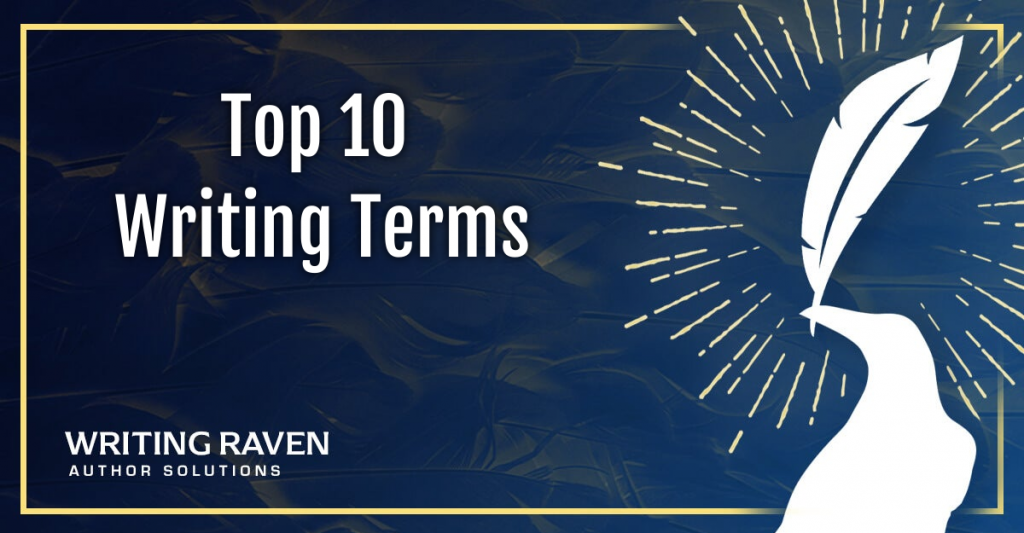- Misty Evans
- April 1, 2023
- 5:00 am
When I began my writing career, I often came across abbreviations and terms I didn’t understand that were used in writing groups, articles, and even in agent correspondence. What did they mean? Back then, it wasn’t as easy to do an internet search, and I was too embarrassed to ask those with experience under their belt.
In today’s world, it’s simple to look up anything from the convenience of your phone, yet, I still encounter writers who don’t know common writing terms. Here at Writing Raven, we’ve put together a short, handy tip guide to familiarize yourself with a few of the most commonly used ones.
WIP – work in progress. This can refer to a fiction or nonfiction book manuscript, or a screenplay for TV, movie production, etc.
POV – point of view. Most often used for fiction, describing the character’s narrative. A story can be in first person, present, third person past, etc.
Hook – the crucial opening sentence of a manuscript that grabs the reader’s attention and makes them want to continue reading.
Draft – the unedited manuscript
Logline – a one line description of the story’s plot most often used for screenplays
Synopsis – a compelling outline of a story from beginning to end
Subplot – the secondary story that contributes to the main plot
Voice – the author’s unique writing style that includes tone, personality, and sentence structure
Theme – a universal message an author explores in a story, such as love, justice, family
Cardboard character – a fiction character who feels flat and hasn’t been fleshed out with details about their backstory, memories, secrets, personality tics, etc.
There are many more we’ll explore in future posts. Don’t be intimidated if you come across terms that confuse you—we’ve all been there. In no time, they’ll become part of your everyday professional author lexicon.
Happy writing!
Writing Ravens

